- “A TAB professional will never fully understand variable volume system balancing until they have balanced hydronic systems.”
- “Anybody can stick their head in a duct and figure it out. Now stick your head in a glycol-filled pipe and figure it out. Time for education, math skills, and experience, to resolve the issues.”
NEBB, the National Environmental and Balancing Bureau used to certify “Air Balancing,” and “Air and Water Balancing.” In 2006, they changed this and mandated that anyone who was Air-Only Certified had to become certified in hydronics as well.
Anyone who refused to comply was decertified. The point of this is that the general industry consensus is that a Certified TAB Professional must master both Air and Hydronics.
Educate Yourself
There are multiple hydronic TAB training opportunities out there, but it starts with you. You need to determine how much time and effort you are willing to put into it, and how much research you plan on doing.
Don’t worry, I’m going to provide you with multiple resources.
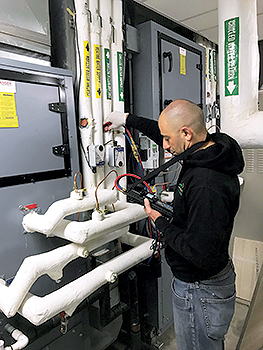
Step One: Read
I often hear the phrase, “I don’t learn by reading, I learn by doing.” However, if you are to master any trade, you must start by being a reader. Buy the “Pump Handbook,” “Pumping Away,” or various other publications on hydronics in general. Even if they aren’t TAB specific, almost ALL hydronic material is relevant to TAB and mastering hydronic balancing.
You have to understand the systems and equipment before you can balance them. Then purchase relevant TAB manuals starting with ASHRAE 111 – 2008 (RA 2017) Testing, Adjusting and Balancing of Building HVAC Systems.
Other well-written TAB resources include:
- SMACNA (Sheet Metal and Air Conditioning National Association) HVAC Systems Testing, Adjusting and Balancing
- NEBB Testing, Adjusting and Balancing Manual, Third Edition
- AABC Technician Training Manual, 3rd Edition
- and the classic Kahoe Test & Balance Field Manual.
Also note that most of these organizations have magazine or newsletter publications that you can download.
In addition, many manufacturers have multiple resources that you can also download and read.
For example, Caleffi Idronics technical magazine is probably best known and has dozens of issues for download. Bell and Gossett has a series of training manuals for download that cover subjects like system sizing, variable flow, and circuit setter balancing procedures. These are free downloads, just sitting there waiting to be read.
A search of other manufactures websites will not only produce other written resources, but a variety of on-line/distance learning options as well.
Click Below for the Next page:


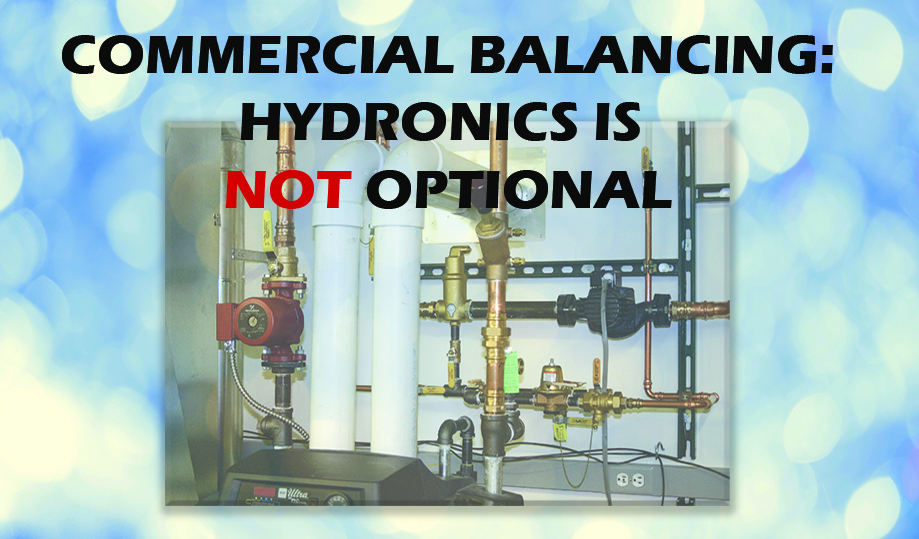
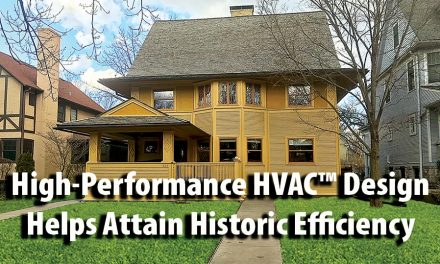
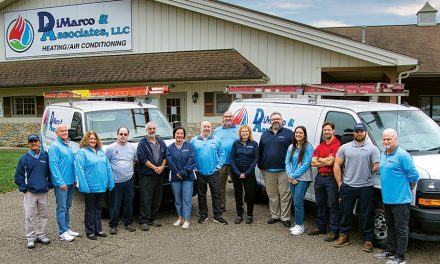
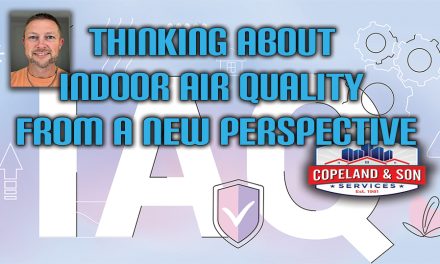







Recent Comments